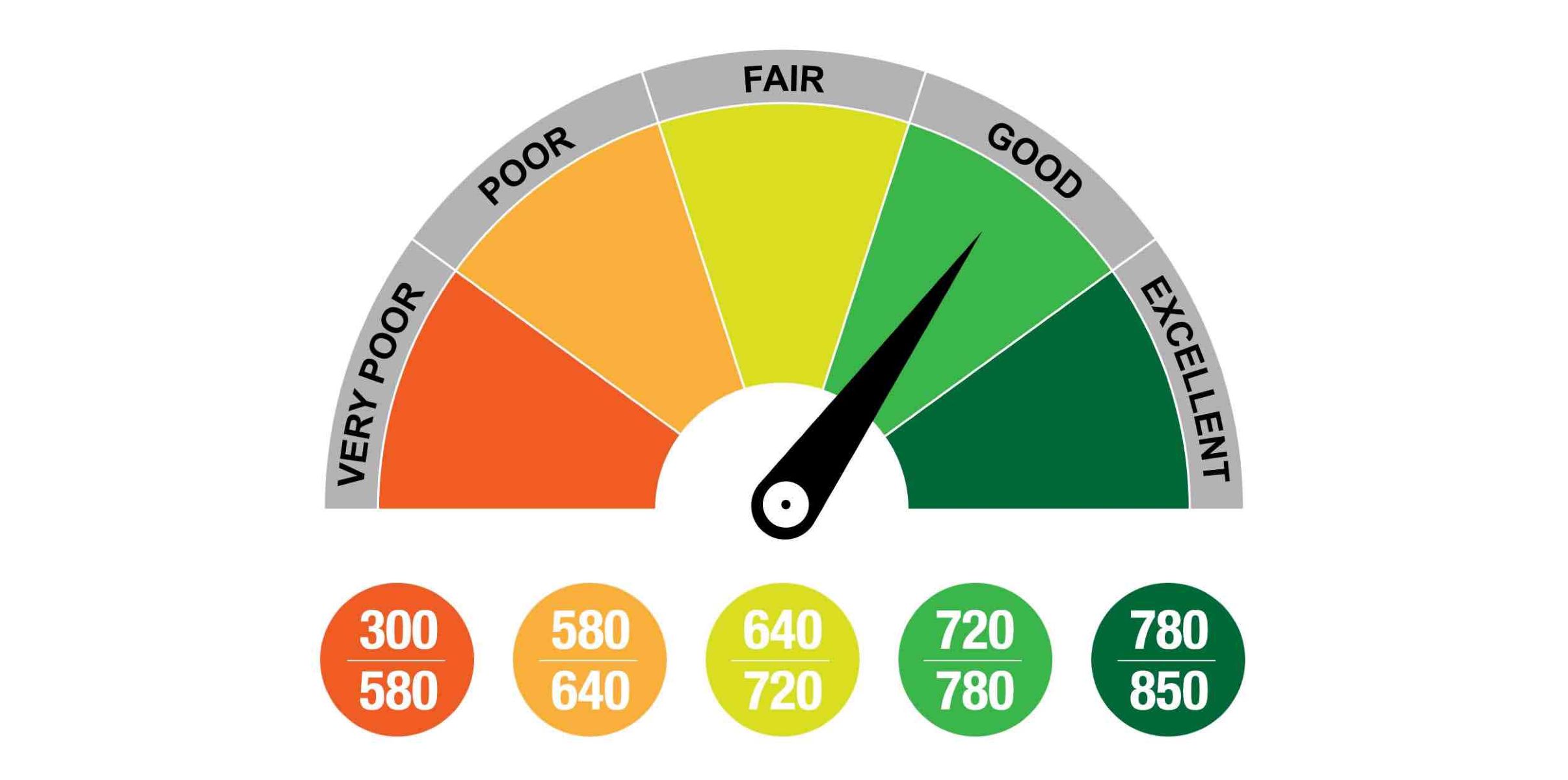Home>Finance>What Is A Piotroski Score? Definition, Meaning, And Example


Finance
What Is A Piotroski Score? Definition, Meaning, And Example
Published: January 8, 2024
Learn the definition, meaning, and example of a Piotroski Score in finance. Enhance your investment strategy with this valuable tool.
(Many of the links in this article redirect to a specific reviewed product. Your purchase of these products through affiliate links helps to generate commission for LiveWell, at no extra cost. Learn more)
What Is a Piotroski Score? Definition, Meaning, and Example
Welcome to our “Finance” category! In this blog post, we will dive into the world of financial analysis and discuss a powerful tool called the Piotroski Score. Whether you’re a seasoned investor or just starting out, understanding the Piotroski Score can help you make more informed decisions in the stock market. So, what exactly is a Piotroski Score, and how can it benefit you? Let’s find out!
Key Takeaways:
- The Piotroski Score is a quantitative model developed by accounting professor Joseph Piotroski to assess the financial strength of a company.
- It uses nine financial indicators to evaluate various aspects of a company’s financial health, including profitability, liquidity, and asset quality.
The Piotroski Score Explained
The Piotroski Score is a simple yet effective scoring system that assigns points to a company based on its financial statements. The score ranges from 0 to 9, with a higher score indicating a stronger financial position. This score was developed by Joseph Piotroski, an accounting professor at the University of Chicago, who wanted to create a reliable method for identifying financially strong companies.
So, how does the Piotroski Score work? Piotroski identified nine financial ratios or indicators that reflect different aspects of a company’s financial health. These indicators include profitability, liquidity, leverage, and operating efficiency. For each indicator that shows improvement compared to the previous year, the company earns one point. Conversely, if an indicator worsens, the company is deducted one point. At the end, all points are summed up to calculate the final score.
Example: How to Calculate a Piotroski Score?
Let’s take a hypothetical example of Company XYZ to demonstrate how the Piotroski Score is calculated:
- Indicator 1: Return on Assets (ROA) – Has ROA increased compared to the previous year? If yes, earn 1 point.
- Indicator 2: Operating Cash Flow (OCF) – Has OCF increased compared to the previous year? If yes, earn 1 point.
- Indicator 3: Gross Margin – Has gross margin increased compared to the previous year? If yes, earn 1 point.
- Indicator 4: Asset Turnover – Has asset turnover increased compared to the previous year? If yes, earn 1 point.
- Indicator 5: Change in Long-term Debt – Has the company reduced its long-term debt? If yes, earn 1 point.
- Indicator 6: Current Ratio – Has the current ratio increased compared to the previous year? If yes, earn 1 point.
- Indicator 7: Change in Gross Margin – Has gross margin shown improvement compared to the previous year? If yes, earn 1 point.
- Indicator 8: Change in Asset Turnover – Has asset turnover improved compared to the previous year? If yes, earn 1 point.
- Indicator 9: Change in Return on Assets – Has ROA improved compared to the previous year? If yes, earn 1 point.
Let’s say that Company XYZ earns points on the first four indicators but fails to improve on the remaining five. This would result in a Piotroski Score of 4 (1 + 1 + 1 + 1 + 0 + 0 + 0 + 0 + 0).
The Power of the Piotroski Score in Investing
The Piotroski Score allows investors to quickly assess the financial strength of a company and identify potential investment opportunities. A higher score indicates that the company is likely to have strong financials, which may make it an attractive investment.
While the Piotroski Score is not a foolproof method for picking winning stocks, it can be a valuable tool in your investment strategy. By combining the score with other fundamental and technical analysis techniques, you can gain deeper insights into a company’s financials and make more informed investment decisions. It is important to remember that no single metric can guarantee success in the stock market, so it’s always wise to consider multiple factors before making any investment decisions.
In Conclusion
The Piotroski Score is a quantitative model that evaluates a company’s financial health based on nine key indicators. By using this scoring system, investors can gain valuable insights into a company’s financial strength and make more informed investment decisions. While it is important to consider other factors in your analysis, integrating the Piotroski Score into your investment strategy can help you identify potential winners in the stock market. Remember, always conduct thorough research and consult with a financial advisor before making any investment decisions.














